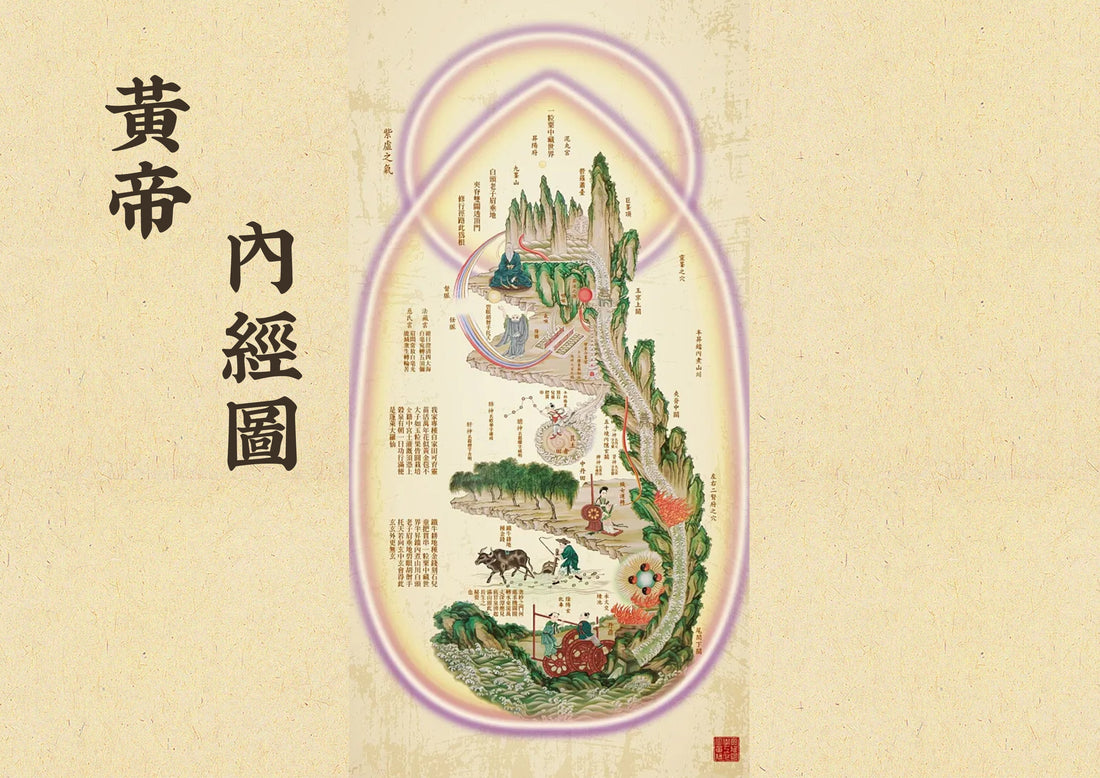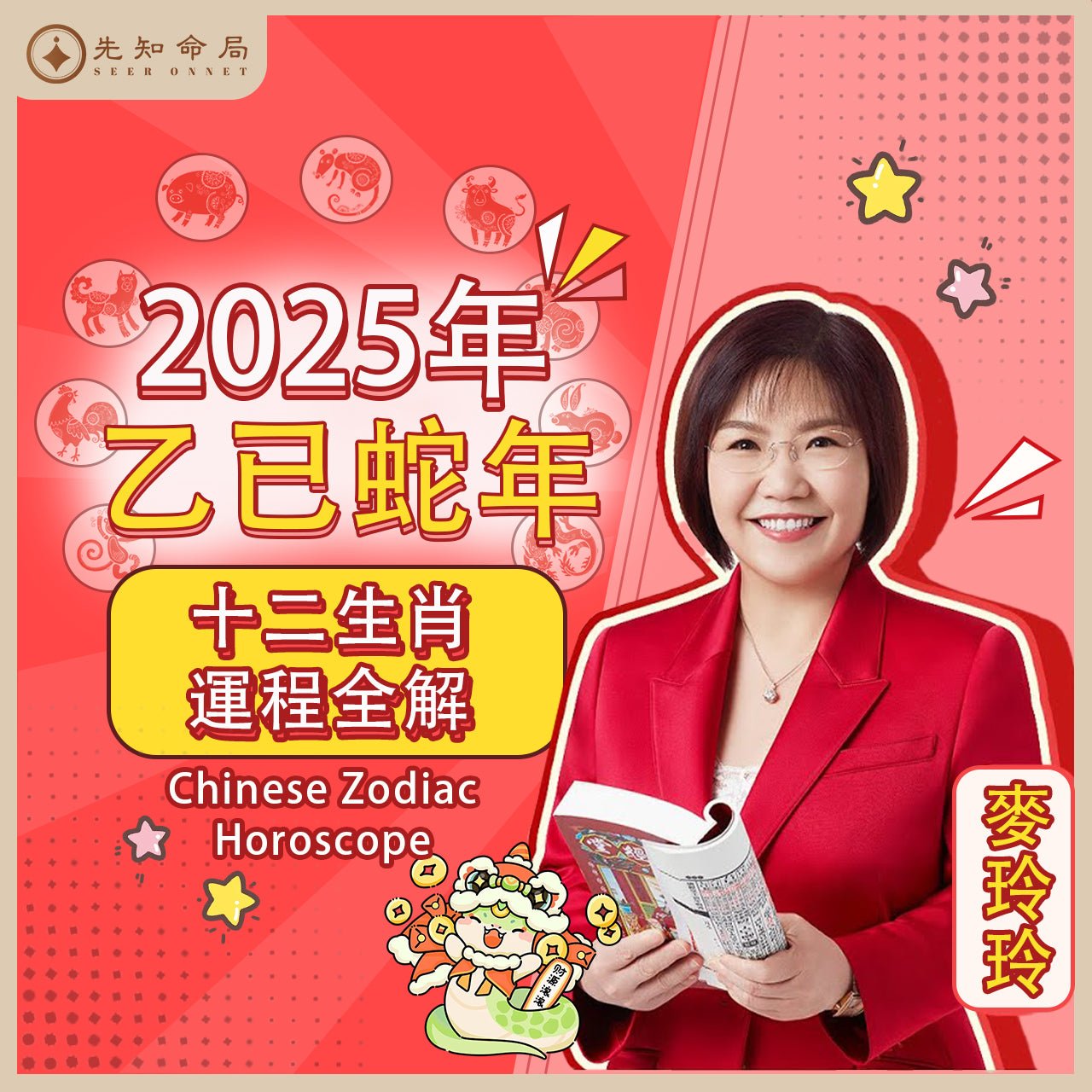
The wisdom of geomancy and feng shui in the millennium: from the way of heaven and earth to the practice of pattern
share
1. The Origin of Feng Shui: From Pre-Qin Dynasty House-Viewing to Modern Environmental Science
The origin of Feng Shui can be traced back to the pre-Qin period. The "Book of Songs·Daya·Gong Liu" records the wisdom of choosing a place to live by "looking at its yin and yang, and observing its flowing springs". There are also a large number of records of divination and site selection in the oracle inscriptions of the Shang Dynasty. Its core idea comes from the word "Kanyu". "Huainanzi Tianwenxun" sighs: "Kan" means "the way of heaven, the way of geomancy", and at the same time it transcends astronomy and geographical survey to seek the harmony of heaven, earth and man. This discipline integrates geography, ecology, architecture and psychology, forming four major systems of "reason, number, qi and shape", which become the architectural science basis of ancient cities.
2. The core concept of Feng Shui: the spatial philosophy of storing wind and gathering energy
The saying "fate comes first, luck comes second, feng shui comes third" reveals the inevitable influence of environment on people's destiny. The Yellow Emperor's Classic of Internal Medicine emphasizes that "a house is the hub of yin and yang" and believes that the residential layout will include the "aura" to regulate the human body's meridians and the circulation of qi and blood. Feng shui masters use the "Five Geographical Secrets" (seeking food from dragons, observing sand, watching water, acupuncture points, and choosing the direction to live in) as operating principles and pay attention to the trends of mountains.
3. Scientific practice of modern Feng Shui
Contemporary Feng Shui breaks through the traditional taboo framework and develops three major application directions:
1. Integration of Nine Palace Flying Stars and Space Function
In 2025, the annual wealth position will shift to the southwest. It is recommended to set up a material area in the study or studio, and use metal storage cabinets to enhance the wealth energy of "earth produces gold". At the same time, attention should be paid to the northwest direction to avoid piling up sundries.

2. Building environment optimization
Use an infrared thermal imager to detect the heating and cooling effects of the house, and adjust the position of the air-conditioning outlet in combination with the "Water Bureau Theory". The indoor temperature difference is reduced by 2-3℃, achieving the air balance state of "Four Elements in Proper Condition" as described in the "House Classic".
3. Feng Shui Effect of Ecological Landscape
The balcony layout follows the "Suzaku Mingtang" principle, using round-leaf plants to create a 30%-40% green view rate, and the layout of overhead waterscape devices can increase the concentration of positive ions in the environment by 15%, effectively regulating the microclimate.
4. The modern value of Feng Shui
Although Feng Shui has a long history, in modern society it focuses on practical significance that cannot be ignored. Many people are surrounded by the harsh concrete of urban life, away from the embrace of nature and fully immersed in it. Feng Shui emphasizes the concept of harmony with nature, which is a good way for contemporary people to re-examine themselves and nature.
Through the modern perspective of Feng Shui, we can realize the impact of the environment on the human body. Environmental psychology studies have also found that factors such as spatial layout, light, and air circulation affect people's mental state and health cognition. Therefore, the concept of "Qi" in Feng Shui coincides with the concept of "spatial perception" in environmental psychology.



